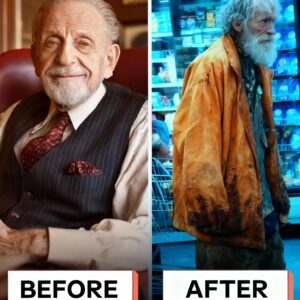As a marketing consultant constantly on the move, I’ve grown used to airports, delays, and travel chaos. But managing Type 1 diabetes
adds a layer of complexity few understand—especially on a flight to Seattle that became a crash course in asserting boundaries at 30,000 feet.
That morning, I’d skipped breakfast after a rushed client meeting. By the time I boarded, I was shaky, dizzy, and in urgent need of a snack.
I reached for my emergency protein bar—but was stopped by the woman next to me. Her son had sensory issues, she said,
and the sound or smell could upset him. She asked me not to eat.Despite needing to treat my low blood sugar, I hesitated
and waited for the snack cart—only to be blocked again by the boy’s father. “No food or drinks for this row,” he insisted.
As my glucose monitor buzzed and my symptoms worsened, I realized I had to speak up. I sat tall and said clearly,
“I have Type 1 Diabetes. If I don’t eat right now, I could pass out or end up in the hospital. So yes, I will be eating.”
The row fell silent. And I finally put myself—and my health—first.
As my glucose monitor buzzed and my symptoms worsened, I realized I had to speak up. I sat tall and said clearly,
“I have Type 1 Diabetes. If I don’t eat right now, I could pass out or end up in the hospital. So yes, I will be eating.”
The row fell silent. And I finally put myself—and my health—first.





